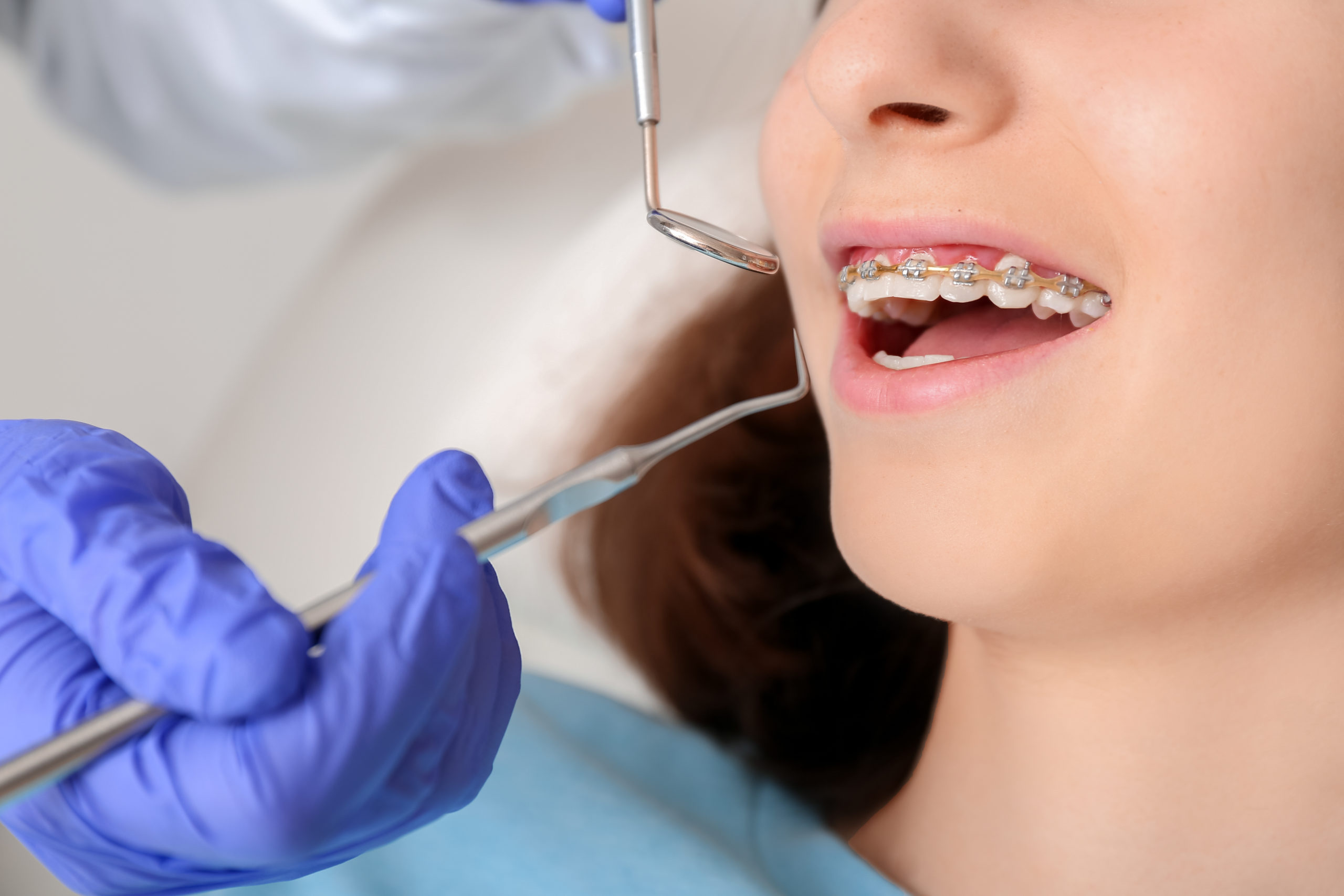How Cumming Orthodontics Can Change Your Smile with Invisalign and Braces
How Cumming Orthodontics Can Change Your Smile with Invisalign and Braces
Blog Article
Comprehensive Overview to Orthodontics Treatments for Fixing Dental Imbalances
Understanding the complexities of each treatment, including their devices, benefits, and potential disadvantages, is critical in making informed decisions regarding one's orthodontic therapy. As we browse via the comprehensive guide to orthodontic procedures for remedying oral imbalances, the detailed details of each method will unfold, shedding light on the path toward a harmonious and practical dental positioning.
Orthodontic Procedures Introduction

In addition to clear aligners and standard braces, orthodontists may additionally recommend various other treatments like headgear, palatal expanders, or retainers to resolve particular positioning concerns (aligners). These treatments are customized to each individual's unique requirements and might entail a combination of treatments to accomplish the wanted outcomes. Regular modifications and tracking are critical parts of orthodontic treatment to make sure progression gets on track and to make any required adjustments along the way. By undertaking orthodontic treatments, individuals can not only achieve a straighter grin but likewise improve their overall oral health and wellness and function.
Typical Dental Braces: Just How They Work
When thinking about orthodontic therapies for dental imbalances, conventional braces stand apart as a reliable technique for dealing with teeth positioning. Typical dental braces include brackets, cables, and bands that collaborate to apply continual pressure on the teeth, slowly relocating them into the preferred placement. The brackets are affixed to the teeth making use of an unique adhesive, and the wires are threaded with the braces. By adjusting the tension of the cables, orthodontists can regulate the direction and force applied to each tooth, leading them into correct alignment gradually.
As stress is used to the teeth with the braces, the bone surrounding the teeth is improved to support the brand-new tooth settings. Clients will require routine adjustments at the orthodontist's office to make sure the braces proceed to use the appropriate stress for reliable teeth movement.
Invisible Aligners: Advantages And Disadvantages
These clear, customized trays are basically unnoticeable when used, making them an enticing option for people seeking a much more cosmetically pleasing orthodontic treatment. Clients can eliminate the aligners prior to consuming or cleaning their teeth, reducing the risk of food getting stuck in the home appliance and streamlining the cleansing process.

Surgical Orthodontic Options
Surgical interventions in orthodontics present practical options for attending to complicated oral imbalances that might not be effectively settled via traditional orthodontic treatments. While unnoticeable aligners and conventional dental braces can deal with lots of orthodontic concerns, specific situations call for surgical intervention to achieve ideal outcomes. Surgical orthodontic choices are typically recommended for serious malocclusions, considerable jaw disparities, and situations where the underlying bone structure needs adjustment to attain appropriate placement.
One usual surgical orthodontic treatment is orthognathic surgical a knockout post treatment, which involves rearranging the jaws to deal with useful issues such as difficulty speaking or chewing. This surgical treatment is commonly executed in cooperation with an orthodontist who helps align the teeth before and after the procedure. Surgical orthodontics may also involve procedures to subject influenced teeth, get rid of excess gum tissue, or reshape the jawbone to produce a much more unified face profile.
Prior to thinking about surgical orthodontic choices, patients undergo a thorough evaluation to identify the requirement and possible benefits of such treatments. orthodontist. While surgical treatment might seem difficult, it can substantially enhance both the feature and looks of the smile in cases where conventional orthodontic therapies fall short
Retainers and Post-Treatment Care

Failure to conform with post-treatment treatment directions can result in regression, where the teeth slowly relocate back in the direction of their initial placements. Constant retainer wear, excellent dental health, and routine dental exams are crucial for maintaining the results accomplished with orthodontic surgery and making sure the lasting security of the corrected dental positioning.
Final Thought
Finally, orthodontic treatments supply numerous choices for dealing with dental misalignments. Typical braces use metal brackets and cables to shift teeth into appropriate positioning. Invisible aligners provide a more very discreet choice yet may not appropriate for all situations. Surgical orthodontic choices are offered for extra serious imbalances. Retainers are frequently made use of post-treatment to maintain the brand-new alignment. Generally, orthodontic procedures can successfully boost oral wellness and visual look.
As we browse through the extensive guide to orthodontic procedures for remedying dental misalignments, the detailed information of each approach will certainly unravel, losing light on the path towards a unified and practical oral positioning. - cumming invisalign
One of the most typical orthodontic Learn More Here treatments is the usage of braces, which are composed of steel brackets and cords that use gentle pressure to progressively shift teeth into the desired placement.When taking into consideration orthodontic therapies for oral imbalances, traditional dental braces stand out as a time-tested approach for fixing teeth placing. Furthermore, unseen aligners may not be appropriate for complicated orthodontic problems that call for even more substantial teeth movement, as they are normally advised for light to moderate cases. Retainers are customized orthodontic gadgets created to hold teeth in their fixed placements after the conclusion of orthodontic treatment.
Report this page